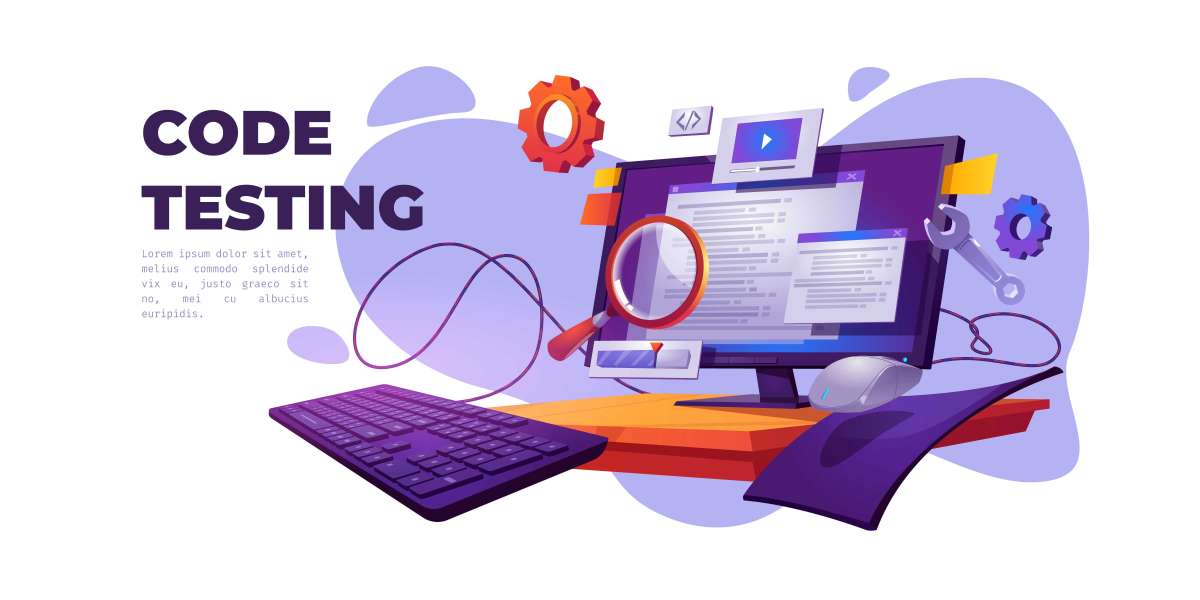Introduction
As cyber threats become increasingly sophisticated, traditional quality assurance (QA) methods may no longer suffice in ensuring data security. The integration of Artificial Intelligence (AI) and Machine Learning (ML) into QA Consulting companies processes has emerged as a powerful solution to enhance threat detection capabilities. This article explores how AI and ML automate threat detection in QA, highlighting their key functionalities and benefits.
Understanding AI and Machine Learning in Cybersecurity
AI refers to the simulation of human intelligence processes by machines, particularly computer systems. Machine Learning, a subset of AI, involves algorithms that enable computers to learn from and make predictions based on data. In the realm of cybersecurity, these technologies are employed to analyze vast amounts of data quickly and accurately, identifying patterns that may indicate potential threats.
Key Mechanisms of Automation
- Anomaly Detection
- Behavioral Analysis: AI systems can analyze normal user behavior patterns within an application or network. By establishing a baseline of typical activities, these systems can detect deviations that may signal a security threat. For example, if a user accesses sensitive data at an unusual time or from an unfamiliar location, the system can flag this activity for further investigation.
- Real-Time Monitoring: Continuous monitoring allows AI-driven tools to assess network traffic and user interactions in real-time. This capability enables immediate identification of suspicious activities, allowing for swift responses to potential threats.
- Predictive Analytics
- Threat Forecasting: Machine learning algorithms can analyze historical data to identify trends and predict future threats. By examining past incidents, these systems can recognize patterns that precede attacks, enabling organizations to take preventive measures before breaches occur.
- Risk Assessment: AI can evaluate the risk associated with specific vulnerabilities based on historical data and current trends. This assessment helps prioritize security efforts on high-risk areas that require immediate attention.
- Automated Incident Response
- Rapid Action: Once a potential threat is detected, AI systems can automatically initiate predefined responses. For instance, if a malware infection is identified, the system can isolate affected devices or block malicious IP addresses without waiting for human intervention.
- Playbook Execution: AI-driven tools can execute incident response playbooks that outline steps to mitigate specific types of threats. This automation reduces response times significantly, minimizing damage from cyberattacks.
- Enhanced Threat Intelligence
- Data Aggregation: AI systems can aggregate data from various sources—such as network logs, user behavior analytics, and external threat intelligence feeds—to provide a comprehensive view of the security landscape. This holistic approach enables better-informed decision-making regarding threat detection and response.
- Continuous Learning: Machine learning models continuously adapt based on new data inputs, improving their accuracy over time. As they encounter new types of threats, they learn to recognize them more effectively in the future.
- Automated Reporting and Documentation
- Streamlined Processes: AI tools can automate the generation of reports related to detected threats and incident responses. This automation saves time for security teams while ensuring that documentation is thorough and accurate.
- Compliance Tracking: Many industries require adherence to regulatory standards regarding data protection. AI-driven solutions can help monitor compliance by tracking security incidents and ensuring that proper protocols are followed.
Benefits of Using AI and Machine Learning for Threat Detection
- Increased Efficiency: By automating routine security tasks such as log analysis and alert triage, AI allows human analysts to focus on more complex issues that require their expertise.
- Improved Accuracy: Traditional security systems often generate numerous false positives, leading to alert fatigue among security personnel. AI enhances accuracy in threat detection by analyzing vast datasets quickly and identifying genuine threats without overwhelming teams with unnecessary alerts.
- Proactive Defense Strategies: With predictive analytics capabilities, organizations can adopt proactive defense strategies rather than merely reacting to incidents after they occur. This shift allows teams to strengthen their defenses against emerging threats.
- Scalability: As organizations grow, so do their cybersecurity needs. AI-driven solutions can scale alongside business operations, efficiently handling increased volumes of data without compromising performance.
- Cost Savings: Automating threat detection processes reduces the need for extensive manual oversight, leading to cost savings associated with hiring additional personnel or managing excessive alert volumes.
Conclusion
The integration of AI and machine learning into QA processes revolutionizes how organizations approach threat detection in cybersecurity. By automating anomaly detection, predictive analytics, incident response, threat intelligence aggregation, and reporting processes, these technologies enhance efficiency and accuracy while providing proactive defense strategies against evolving cyber threats. As businesses continue to navigate the complexities of digital transformation, leveraging AI and ML will be essential for maintaining robust data security in today’s fast-paced environment. If you need further modifications or additional articles on different topics related to quality assurance or any other field, feel free to ask!














